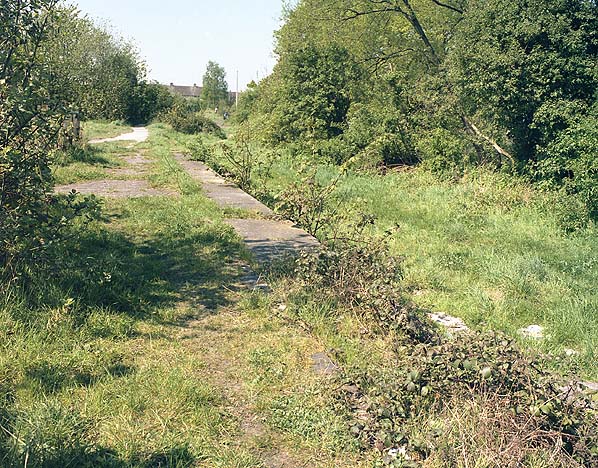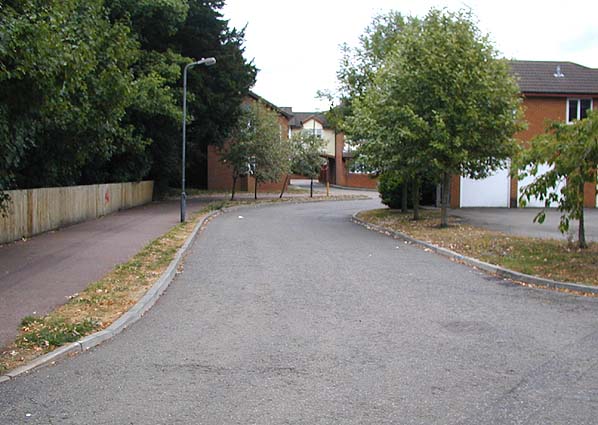| Notes: Newport Pagnell station had a single curving platform on the up side of the line. The main station building was of brick construction with a hipped roof incorporating a booking office, general waiting room, ladies room, gents' toilet and station office. There was a canopy over the platform and over the other side of the building which opened onto the station forecourt. The |
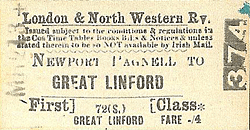 |
north-east end of the was raised to form a cattle dock with pens to the rear.
A ground frame on a raised plinth at the south end of the platform controlled access to the goods yard which comprised four curving sidings fanning out to the north of the station. There was a 5-ton yard crane. At Newport Pagnell, the railway re-used several of the warehouses and most of Shipley Wharf. There was also a private siding (Price's) behind the platform. A 1-road wooden engine shed was opened by the LNWR on the up side south-west of the station on 2 September 1867. In BR days is was a sub-shed of 1E Bletchley and closed on 15 June 1955 and demolished two years later.
A section of the Newport Pagnell canal basin wall was discovered during the redevelopment of the railway station site.
BRIEF HISTORY OF THE NEPORT PAGNELL BRANCH
In 1817 a branch of the Grand Junction Canal was cut from
the main line at Great Linford to Newport Pagnell. The total length
was one and a quarter miles rising through seven locks.
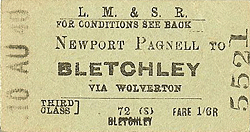 |
The first proposals for the building of a railway line from Bletchley to Newport Pagnell, Olney and Wellingborough came in 1845 but the venture failed to attract sufficient capital. The following year there was a proposal to build a line from Wolverton to Newport Pagnell, thence south to join the Bletchley to Bedford line at Ridgmont. This was not supported by the local |
landowner the Duke of Bedford who described it as "that useless railway." Not surprisingly, this also failed to attract investors.
In 1845 an approach was made to buy the canal by the London and North Western Railway. The offer was turned down but in 1862 the canal was sold to the Newport Pagnell Railway for £9,000, despite opposition from the Grand Junction, the Oxford Canal, and the collieries at Moira and Shipley.
| The Newport Pagnell Railway Act was passed in 1863 and the following
year the Newport Railway Company bought the short branch canal
with the intention of using the route for their new railway line
into Newport Pagnell. The line didn't exactly follow the canal route
which hugged the contours of the surrounding land. The intention
was to continue the line on to the Market |
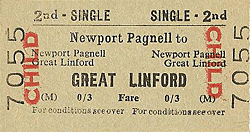 |
town of Olney and powers
were granted for this extension in 1865 with a further extension
to join the Northampton-Peterborough line at Wellingborough. The
extensions beyond Newport Pagnell were never built with powers
lapsing in 1871 although some work had been undertaken.
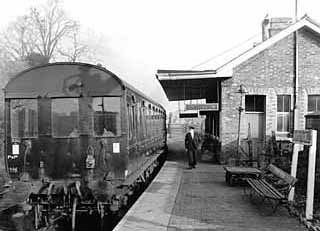 |
The line was complete by 30th September 1865 when the first
locomotive traversed the line. The next year the railway
opened for goods, cattle and parcel traffic and on 2nd September
1867, there was the ceremonial opening of the line for passengers.
There were two intermediate stations at Bradwell and Great
Linford. The lines main regular passengers were employees
of the Railway Works at Wolverton.
|
In 1875 the line was taken over by the London & North Western
Railway who had provided the service from the opening.
As with many rural lines the development of road transport gradually
began to erode passenger numbers. The first motor bus service
was in the country was introduced between Newport Pagnell and
Olney in 1898 and the popularity of the motor car through the
20th century eventually spelled the end for the line. The last passenger train ran on 7th September 1964.
|
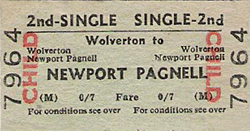 |
Goods traffic
continued for three years until final closure on 22nd May 1967.
The track was lifted later the same year.
The route is now part of the Milton Keynes 'Redway' cycle way
network. The platforms at Great Linford and Bradwell survive but
the only evidence in Newport Pagnell is the post of the starting
signal, now at the beginning of the Redway between allotments.
With the expansion of Milton Keynes changing what was a rural
area into well populated sprawl there have been suggestions in
recent years that the line should be reinstated.
Tickets from Michael Stewart. Bradshaw from Nick Catford
See also The
Branch Line - Nobby Newport web site
To see the other
stations on the Newport Pagnell branch line click on the station
name: Bradwell &
Great Linford
|

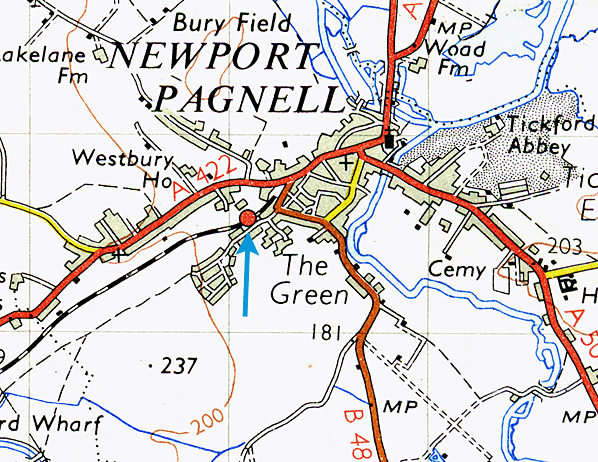
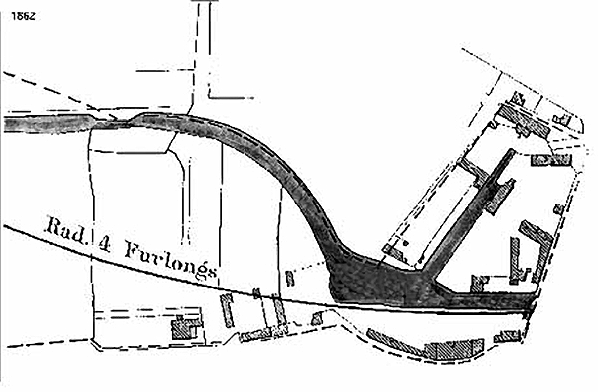
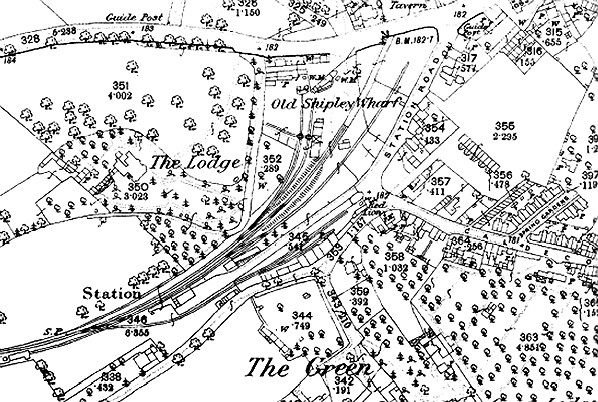
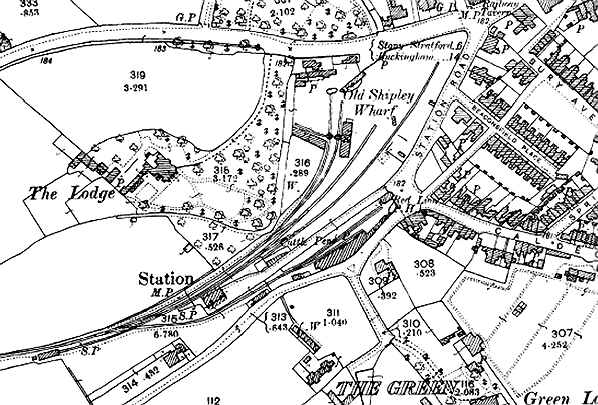
pagnell_old15.jpg)
pagnell_old14.jpg)
pagnell_old15.jpg)
pagnell_old9.jpg)
1.jpg)
3.jpg)
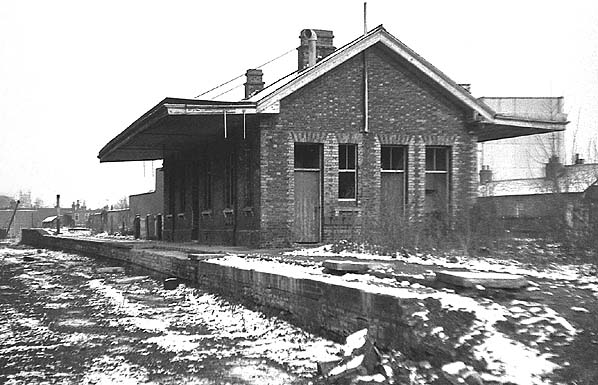
 Home Page
Home Page 





pagnell_old14.jpg)
